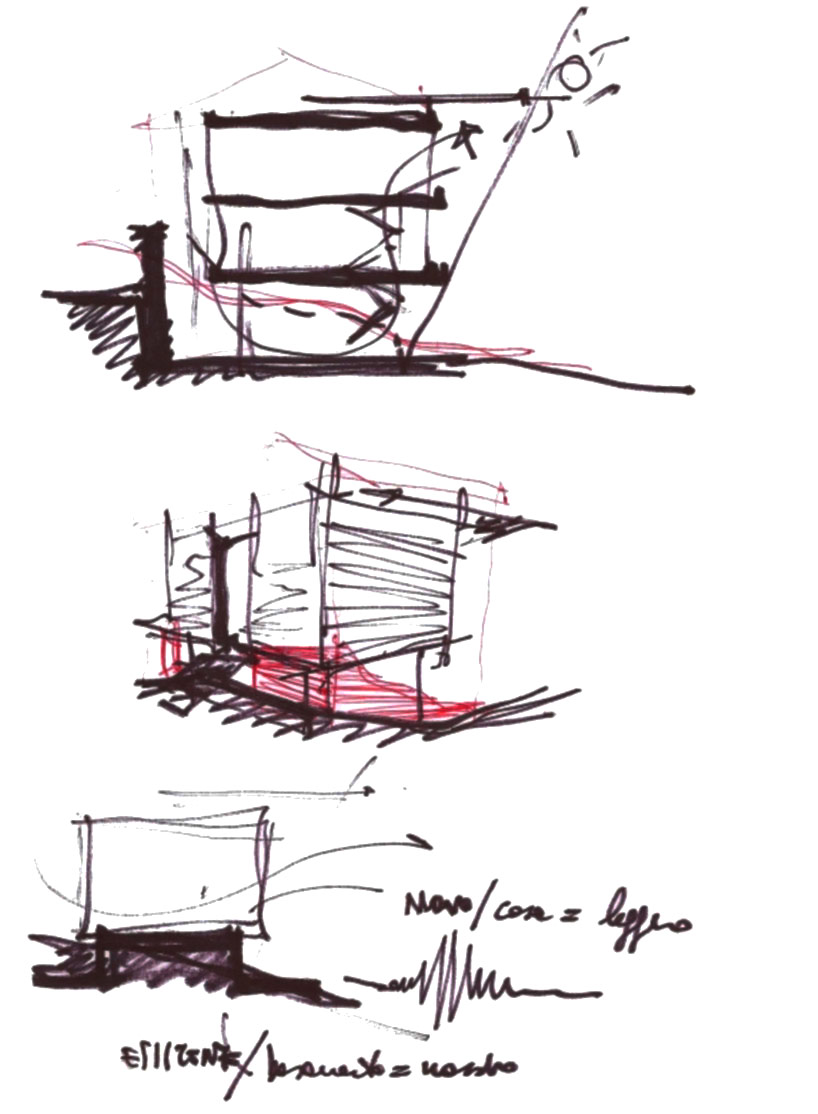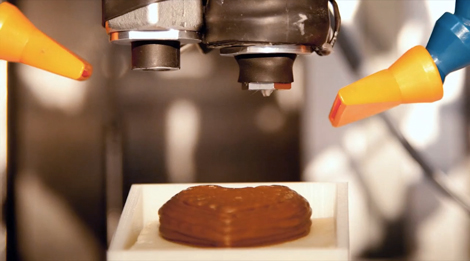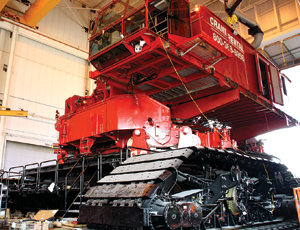We’ve all heard of the numerous earthquakes and natural disasters that displaced so many civilians: there was the 2009 L’Aquila earthquake in Northern Italy, Japan’s earthquake in 2011, and Hurricane Sandy just last year. Many houses were destroyed. They did not stand much of a chance in the face of such strengths of nature. There is a strong demand for finding ways to disaster-proof a house, but before cities and engineers focus too much on that they must figure out how to house those displaced by the event. New York City, which was affected pretty severely by Sandy, was not ready to react to the repercussions. Now they have something in the works.
Garrison Architects came up with the design above to fill the special purpose of being, “used as housing after the emergency stage but before permanent housing can be constructed” (1). This design has yet to undergo testing, but the city needs a rapid-fire ability to provide the necessary housing. These units can stand alone, can be interspersed with present homes, or be placed in row as best fits the situation. They stack easily and can be craned in with very little issue. In addition to the prefabrication providing a fast response to relief, its sustainable. The unit operates mostly off the grid as it is solar-capable and ready. It must be “plugged in” utilities as a minor energy source. The design may seem costly as a temporary living space but the do not cost much to operate. The design does its job and does it well.
SIP’s, structural insulated panels, and CLT’s, cross-laminated timbers, are both newly introduced materials being used in post disaster and “disaster proof” housing. These materials have characteristics that have potential to make a house less likely to crack and crumble that could stand an earthquake. SIP’s are, “made of a lightweight fiber composite similar to the material used to make boat hulls, aircraft components, and wind turbine blades,” and are, “load-bearing technology…lightweight, waterproof, nonflammable, mold-resistant, and termite-proof” (2). Its malleable and mold-able, allowing it to take about any shape (i.e. beams, roofs, columns, etc.). The materials manufacturing company, InnoVada, is already implementing the material in a “Little Haiti” neighborhood in Miami.
CLT’s were used in Pierluigi Bonomo’s “sustainable energy box.” This unit was built inside of a badly damaged house after the ’09 Italy earthquake. In addition to this earthquake-resistant material, the one side of the “incorporates a special solar thermal hot water system with heat pump and rainwater storage” (3). The house is equipped with a mechanical ventilation system with moving panels to maximize utilization of sunlight in the winter and deflection and protection from sunlight in the summer.
Above: Bonomo’s “sustainable energy box”
*Its interesting to note Bonomo’s sketches below. Simple drafts can have such great implications.

The prefabrication of these part for one are a great assurance of quality control. They are made off-site in a monitored environment. This, in turn, allows for quick set-up, which is of utmost importance in post-disaster situations. The technologies are not all ubiquitous yet, but are out in the engineering world being refined and being tested. InnoVida sees these designs and materials as the, “building blocks for a new generation of houses,” (3) outside the context of disaster. Just as SIP’s have been around for a few years and had not made it to the construction world until recently, these idea may make their way into the world of residential housing. Meaning: More sustainable housing for more people.
(2)http://www.builderonline.com/affordable-housing/the-disaster-proof-house.aspx




